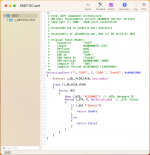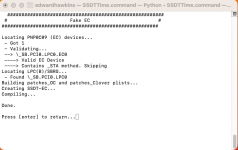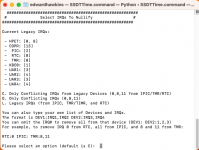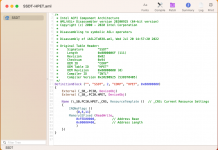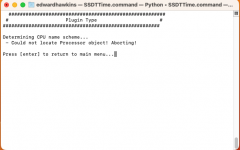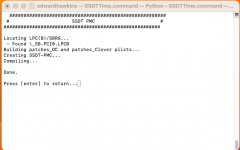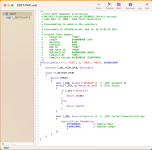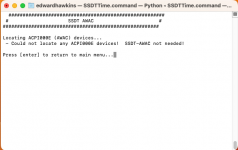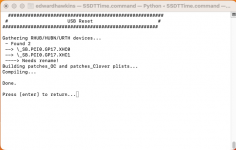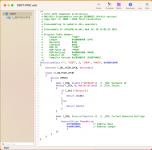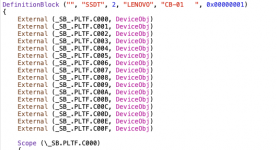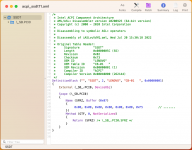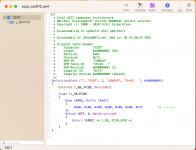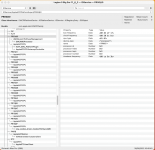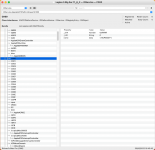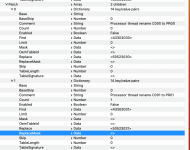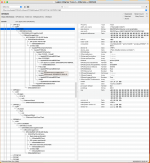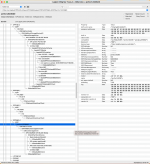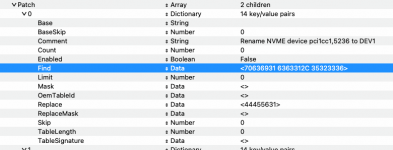Hello everyone, the Monterey kernel panic problem has been solved for AMD R7 5800H notebook installation. It is a great thing that the CPU can now run on 8 cores. Thank you guys very much.Thank them for discovering the problem and providing kernel patches @ExtremeX@Visual
Brand: Lenovo
Model: Legion 5 6th Gen
CPU: AMD Ryzen 7 5800h
GPU: AMD Radeon RX 6600m 8GB ( Separate GPU mode)
HDD: Samsung SSD 970 EVO Plus 1TB (1000 GB, PCI-E 3.0 x4)
WDS500G3X0C-00SJG0 (500 GB, PCI-E 3.0 x4)
Network: RealTek Semiconductor RTL8168/8111 PCI-E Gigabit Ethernet NIC
Intel(R) Wi-Fi 6E AX210 160MHz
Ram: x2 8GB 3200mhz ddr4
Display: 15.6 1080p 165HZ
Updated October 5, 2023
Problems solved:
1. You do not need to disable XHCI
2. The microphone problem is rectified
3. Monitor brightness can be adjusted, only in Ventura
Unresolved issues:
Failure to wake from sleep

Brand: Lenovo
Model: Legion 5 6th Gen
CPU: AMD Ryzen 7 5800h
GPU: AMD Radeon RX 6600m 8GB ( Separate GPU mode)
HDD: Samsung SSD 970 EVO Plus 1TB (1000 GB, PCI-E 3.0 x4)
WDS500G3X0C-00SJG0 (500 GB, PCI-E 3.0 x4)
Network: RealTek Semiconductor RTL8168/8111 PCI-E Gigabit Ethernet NIC
Intel(R) Wi-Fi 6E AX210 160MHz
Ram: x2 8GB 3200mhz ddr4
Display: 15.6 1080p 165HZ
Updated October 5, 2023
Problems solved:
1. You do not need to disable XHCI
2. The microphone problem is rectified
3. Monitor brightness can be adjusted, only in Ventura
Unresolved issues:
Failure to wake from sleep

Attachments
Last edited:




